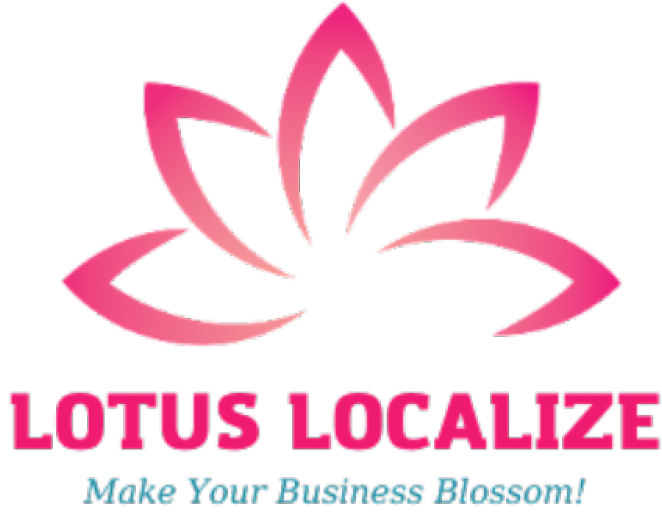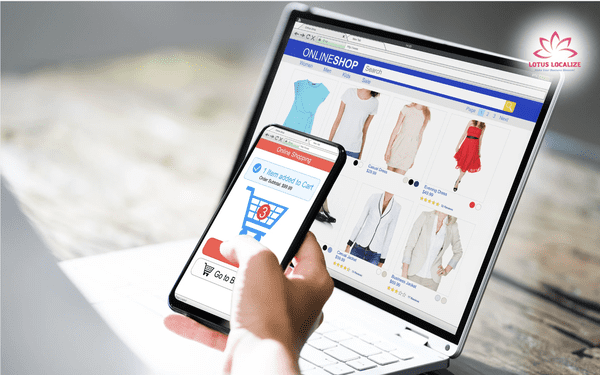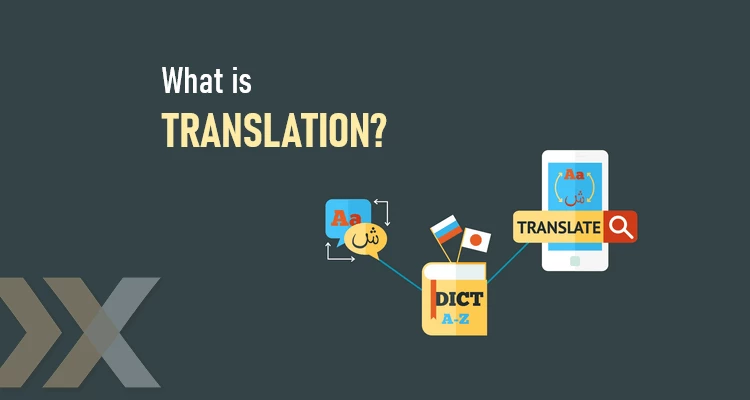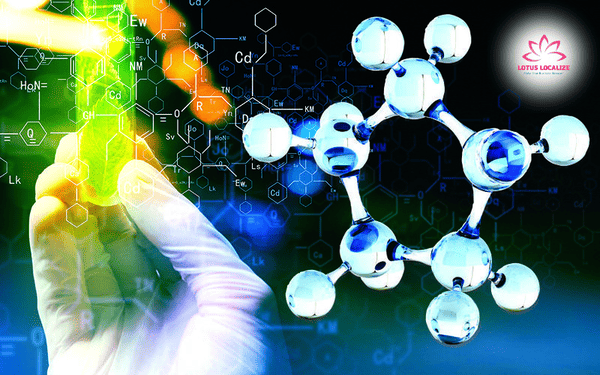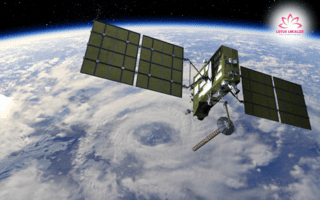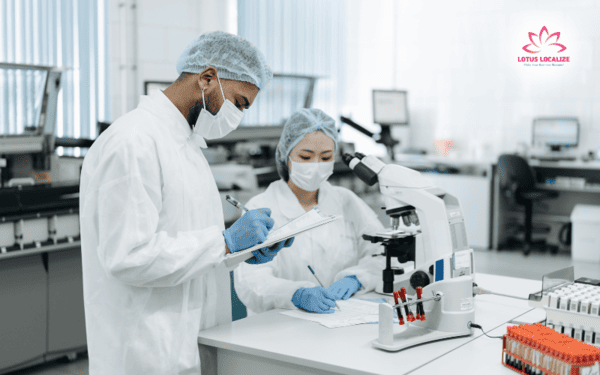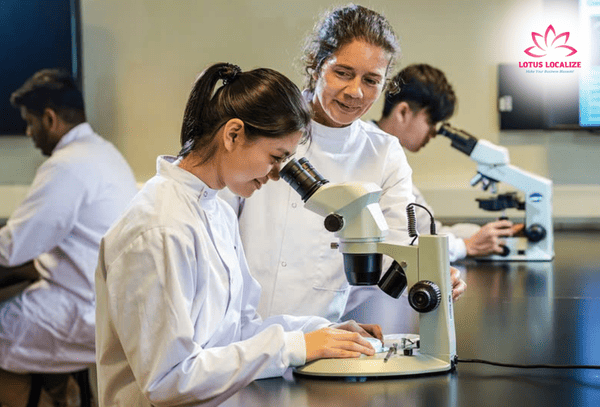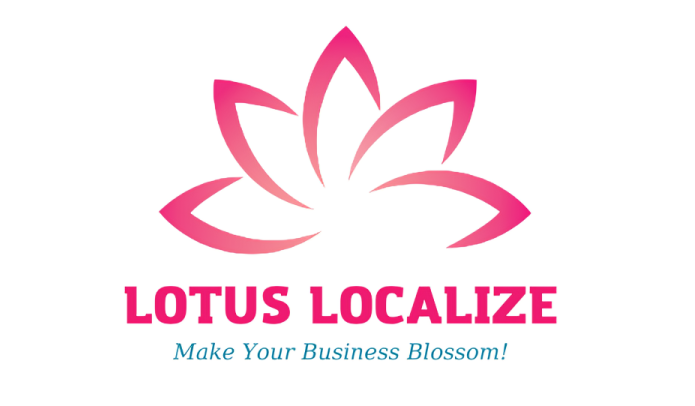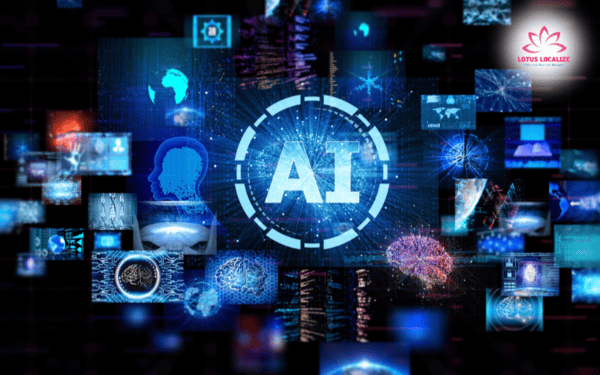
Top 5 life sciences translation trends 2025: AI, personalization, and global expansion
Life sciences translation trends in 2025 are transforming the industry with AI advancements, evolving global regulations, and personalized medicine. Companies must adapt to ensure accuracy, compliance, and efficiency. This article explores 5 keys translation trends and their impact on life sciences translation in 2025.
Top 5 life sciences translation trends in 2025: What’s new?
Understanding the key trends in life sciences translation for 2025 is essential for professionals navigating this evolving landscape. Below are the five most influential trends shaping the industry this year:
The rise of AI and machine translation in life sciences in 2025
AI and neural machine translation (NMT) continue to evolve in 2025, significantly improving translation speed and quality. Cutting-edge AI tools like DeepL, Google Neural MT, and domain-specific translation engines are streamlining medical document translation. The ability of AI to learn from vast datasets is making it more reliable in handling complex medical terminology.

Despite these advancements, AI still faces challenges in 2025, particularly in interpreting nuanced medical language and adhering to regulatory standards. Regulatory agencies such as FDA (U.S.), EMA (Europe), and PMDA (Japan) require precise translations to ensure patient safety. Human post-editing remains essential to validate AI-generated translations and prevent critical errors in medical documentation.
Read more: Psychology translation services: Why accuracy matters for mental health and research
Increasing demand for biotechnology and pharmaceutical translations in 2025
The pharmaceutical and biotechnology sectors are rapidly expanding into new markets, driving a surge in demand for multilingual translation services. In 2025, global drug development and clinical trials continue to grow, requiring accurate translations of study protocols, informed consent forms, and regulatory submissions.
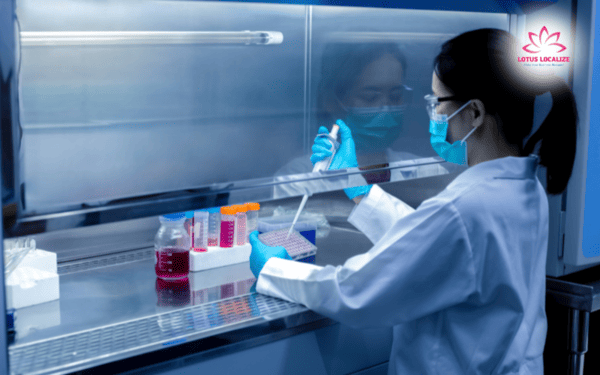
Regulatory agencies worldwide are tightening language requirements for medical and pharmaceutical documents. In 2025, companies must ensure their translated materials comply with the latest guidelines from the FDA, EMA, WHO, and regional regulatory bodies. High-quality translations play a crucial role in ensuring clinical trials proceed smoothly without regulatory roadblocks.
The shift towards personalized medical translations in 2025
With the rise of personalized medicine, healthcare providers in 2025 are tailoring treatments based on genetic profiles, demographics, and local healthcare practices. This shift is increasing the need for medical translations that are highly localized and patient-centric.

Medical translations must align with cultural expectations and linguistic preferences. In 2025, translation strategies focus on ensuring readability and accessibility for diverse patient populations, particularly in regions with low health literacy rates. Misinterpretations due to poor translations could impact patient adherence to treatments, making linguistic accuracy more critical than ever.
Enhancing accuracy with CAT tools and terminology databases
In 2025, Trados, MemoQ, and Smartcat remain essential for maintaining translation consistency in life sciences. AI-driven features in CAT tools now provide real-time suggestions based on previously translated content, reducing errors and enhancing workflow efficiency.

Global terminology management has advanced in 2025, with databases such as MedDRA (Medical Dictionary for Regulatory Activities), SNOMED CT, and WHO Terminology playing a key role in standardizing medical translations. These resources ensure that medical terms are used uniformly across different languages and regulatory environments.
The role of translation in AI-driven healthcare
AI-powered healthcare solutions in 2025 rely on high-quality multilingual data to train machine learning models. Accurately translated patient records, clinical data, and medical literature are crucial for improving AI’s ability to diagnose diseases, recommend treatments, and streamline drug development processes.
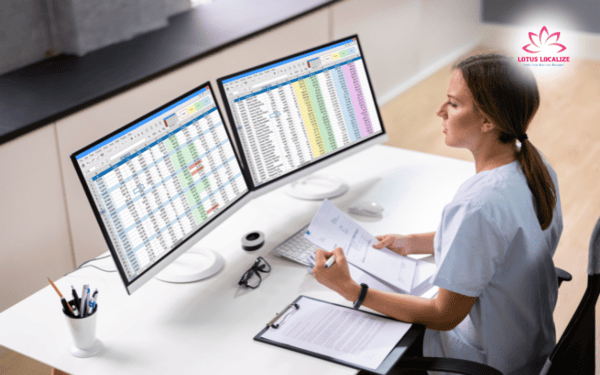
As AI takes on a larger role in electronic health records (EHRs), telemedicine, and automated diagnostics, ensuring translation accuracy is paramount. Poorly translated medical data could lead to misinterpretations, negatively impacting patient care and regulatory compliance.
Read more: Understanding medical localization: A comprehensive guide
Challenges and opportunities in life sciences translation 2025
As demand for life sciences translation continues to rise in 2025, industry professionals must navigate both significant challenges and emerging opportunities.
Key challenges in life sciences translation 2025
- Regulatory changes: New translation requirements from global regulatory agencies require continuous adaptation.
- Terminology accuracy: Ensuring consistency in medical terminology across different languages remains a challenge.
- AI integration: While AI speeds up translation, human oversight is necessary to prevent medical misinterpretations.
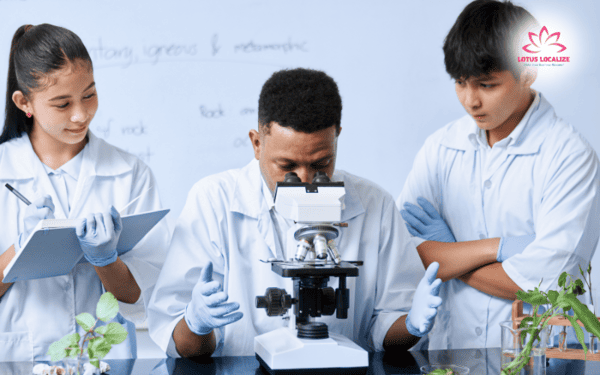
Emerging opportunities in life sciences translation 2025
- Real-time AI translation tools: Faster and more accurate AI-driven medical translation software is becoming mainstream.
- Blockchain for translation security: Secure blockchain systems are being developed to protect confidential medical translations.
- Voice recognition and multilingual healthcare: Speech-to-text and real-time translation tools are improving doctor-patient communication across different languages.
- AI-human collaboration: Combining AI’s efficiency with human expertise leads to higher-quality translations, ensuring compliance with regulatory standards.
Successfully adapting to these challenges and leveraging technological advancements will be key for translation professionals and organizations looking to stay competitive in 2025.
The evolving future of life sciences translation beyond 2025
Looking beyond 2025, AI models will continue to improve in their ability to handle complex medical content. More sophisticated neural networks will enhance contextual understanding, reducing errors and making AI-driven translations more reliable.
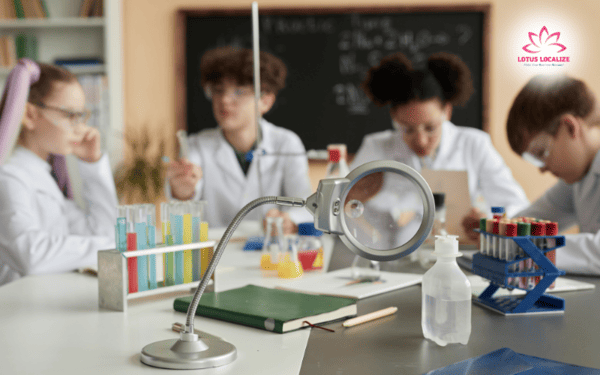
Despite AI’s rapid progress, human translators will remain indispensable in medical and pharmaceutical translation. Their expertise in handling regulatory compliance, cultural adaptation, and nuanced language ensures that AI-generated translations meet industry standards. In the coming years, the future of life sciences translation will likely be shaped by a hybrid approach, where AI and human professionals work together to achieve the highest accuracy and quality.
As we step into 2025, life sciences translation is evolving at an unprecedented pace. AI, CAT tools, and personalized medicine are reshaping the industry, while global regulatory demands continue to push for higher translation accuracy. While technology enhances efficiency, human expertise remains irreplaceable in ensuring compliance, cultural relevance, and linguistic precision. To stay ahead in 2025 and beyond, companies and translators must embrace innovation, adapt to new trends, and maintain the highest standards of quality in multilingual medical content.
If you have any questions or need assistance with document translation services for many industries: life science translation, education translation, technology translation, financial translation, marketing translation, manufacturing translation, government translation,… and interpretation services: escort interpreting, simultaneous interpretation, remote interpretation, and localization services: game localization, app localization,… please contact Lotus Localize immediately at +84 866 224 968 or visit the website: lotus-localize.com for advice on the best solutions!
QUALITY PROMISE
Lotus Localize offers consistent, high-quality service delivery in all customer engagements. Our in-house translators and staff adhere to well-established business processes, allowing us to communicate properly, deliver on time, and surpass client expectations.
